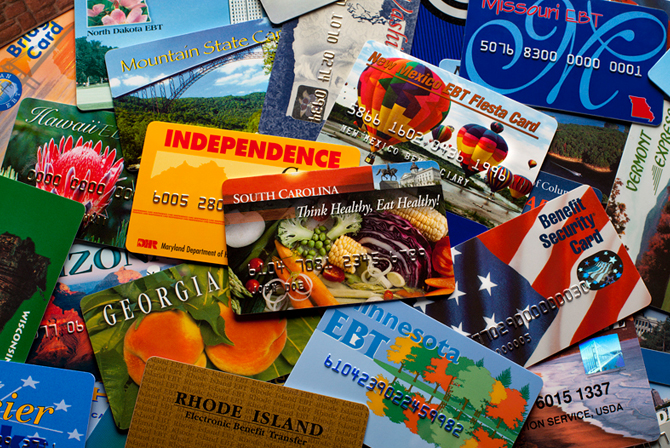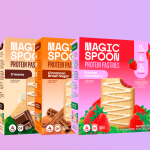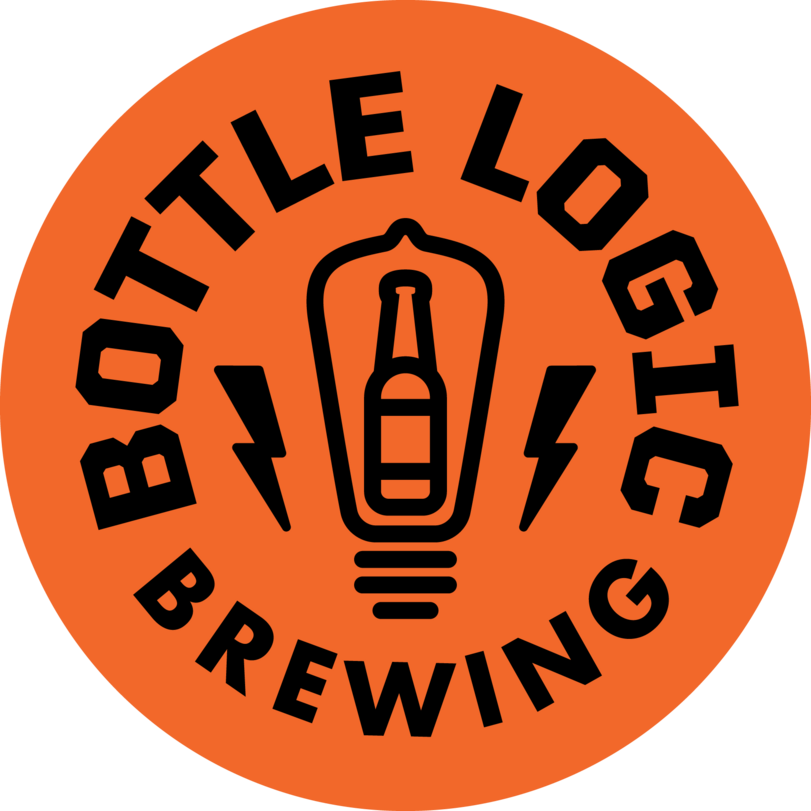White House Enlists Food Industry To Help Tackle Hunger, Nutrition and Health

As food brands made their way to Natural Products Expo East in Philadelphia last Wednesday, organizations across both the public and private sector convened at the White House for the first Hunger, Nutrition and Health conference in 50 years. The conference worked through a five-pronged plan, released a day ahead of the event, that intends to act as a roadmap for ending hunger and reducing the rate of diet-related disease in the U.S. by 2030.
Focused on increasing access to healthy food for children, elderly, African American and minority communities, the plan funds a wide range of initiatives to improve and restructure the landscape for nutrition labeling, retail operations, online food delivery, agricultural operations, food donations and more. The FDA also released long-awaited guidance before the conference, outlining the use of the word “healthy” on food packaging, which will likely be a key component as these initiatives take form.
Against the backdrop of that conference, brands were debuting a range of new natural products at Expo East. Conversations and awareness about the new initiative, as well as how those products that may support it, were virtually nonexistent on the show floor despite many companies – large, small, public and private – submitting pledges ahead of the White House conference.
“I’m glad the administration is talking about and raising this issue,” said John Foraker, co-founder and CEO of organic baby food brand Once Upon A Farm, which did not exhibit at Expo East. “Kid’s hunger is a significant issue that was exacerbated by the pandemic… and we know more now, than ever before, that the foods kid eat, [in] the first, multiple years of their lives have a lifelong impact on their palette, on the kinds of foods that they want to eat and their life-long health. We know these things, so from a public policy standpoint, it’s unfathomable that we wouldn’t focus more of our time and treasure on trying to make better outcomes.”
Major CPG brands and operators including Chobani, Tyson, Danone, Dole, Smithfield Foods, Instacart, Doordash and Bowery Farming, among others, were in attendance at the White House event and were joined by the U.S. Food and Drug Administration (FDA), The Consumer Brands Association (CBA), The Food Industry Association (FMI), and nonprofit group Wellfare, in addition to a range of medical institutions, nonprofits and other community groups.
The plan outlines dozens of programs to support food accessibility, nutrition education and physical activity, but pillars one (Improve Food Access and Affordability) and three (Empower Consumers to Make and Have Access to Healthy Choices) present ample opportunity for CPG food makers to make an impact.
“Connect with the tribes that are interested in this and I think that’s how you can not only build your brand, but can also advance consciousness on the concept of healthier food, food as medicine, food as nutrition and help us all live happier and healthier lives,” Foraker advised entrepreneurial brands looking to get involved.
S2G Ventures, Food Systems for the Future, and additional, unnamed funds, will support CPG brands through this initiative with the launch of the Food, Nutrition and Health Investor Coalition (FNHIC). The coalition aims “to improve hunger and health outcomes through food” with nearly $2.5 billion available for private investments over the next three years.
Once Upon A Farm, the first line of organic, refrigerated baby food eligible under WIC, also made a pledge to support pillars one and three. The brand said it is working to remove the multiple “roadblocks” it encountered when trying to become WIC-eligible and believes these hurdles have inhibited the program’s growth. However, the company said it believes it can have the greatest impact by continuing to create a veggie-first “comprehensive baby portfolio.”
Tyson and Danone have pledged to reformulate their products to align with the FDA’s nutrition guidance. For Tyson this means reducing sodium levels in its prepared foods set; for Danone, it’s about prioritizing low to no-added-sugar kids products. Danone said it will reformulate 95% of its products to contain less than 10 grams of total sugar per serving within the next decade. Both companies have also said they will donate millions of dollars to improve access to healthy food, support anti-hunger charities, and advance nutrition education programs and research.
Improvements to government-supported meal programs, like school lunches, were also highlighted. Dairy brand Chobani announced the launch of the Food Access in Reach (F.A.I.R.) Initiative to help businesses “adopt-a-school” to support it reaching nutrition standards within meal programs for students. The company has adopted three schools and intends for other businesses and partners to participate and reach 50 schools nationwide by 2030.
Alongside new definitions for nutrition and health came a greater focus on plant-based eating with school lunch programs potentially presenting an opportunity for better-for-you brands to make an impact. During Expo East a new plant-based lunch pack brand, Mighty Yum, debuted with the goal of giving kids increased access to plant-based foods. Cookie dough bar brand Woah Dough also noted it has secured a distribution partnership to bring its plant-based, low sugar, gluten-free bars to the K-12 channel.
In New York City, mayor Eric Adams announced that 11 city hospitals would make plant-based meals the default option for patient lunches and dinners, meaning nearly 800,000 meals each year will switch from meat to plant-based.
The conference also emphasized the need for fresh produce and presented indoor farming operations as a cost-efficient mode to bringing healthier, accessible and locally-sourced fruits and vegetables to families across the country. Vertical farming network Bowery Farming announced the expansion of its salad kits, priced at $5.49 each, to corner stores across Washington D.C. The organization will also open new indoor farms in Texas and Georgia next year, which will partner with and supply two local food banks once they are operational.

Additionally, numerous national retailers looked to fresh produce as a way to do their part. Albertsons, Kroger, Meijer, Publix and others made pledges that range from supplying more fruits and vegetables to food pantries, providing discounts for SNAP eligible shoppers on fresh produce to advancing and simplifying how it communicates nutrition for online shoppers.
Ecommerce platform Instacart is following the lead of retailers, pledging to integrate SNAP benefits onto the platform. The site is also launching 23 new diet-specific tags and a new feature that allows health care providers or caregivers to create shoppable lists for disease-specific diets, among a range of other new health-focused features.
Doordash also made a pledge, with its most notable action being the launch of Project DASH. The new program will see Doordash partner with 20 city mayors across the country and integrate the company’s logistics platform with charities like food banks and pantries to use for charitable food delivery, funded by a $1 million donation of “DoorDash Community Credits.”
Bringing in relatively new technology, like vertical farming and online delivery, has helped modernize the government’s approach to these issues. But Cole Riley, CEO of nonprofit food box service Wellfare, said the conference overall lacked actionable steps for long term “transformational change.” Riley had attended the White House conference before heading to Expo East and said brands just need to keep doing what they do best – creating healthier alternatives to the foods Americans are already eating. However, he believes that long-term, sustainable change is only possible if the price of products on shelf is addressed.
“The reason why certain areas are food deserts is because products are too expensive on the shelf and so grocery stores are not going to establish a presence in communities where they know the purchasing power is low,” said Riley. “In my mind, the whole thing is about MSRP and the pricing of products on the shelves and that’s barely talked about. [The conference] was a lot more fluff about access and availability, the terms that we see all the time around this space, but aren’t actually defined.”
Riley believes that retailers can be the greatest force for change. His own goal with Wellfare is to reimagine the retail industry to sell food on an income-based pricing model. While he said that government-run grocery stores would be the easiest way to execute that approach, it is not feasible in the current environment. Riley believes government-support and subsidies for innovative programs operating outside of the Feeding America network, like Wellfare, could provide an immediate, positive impact.
“What’s needed is just a bit more analytical of an approach, otherwise these types of proposals seem very cherry picked, at random,” said Riley. “A retailer in the Midwest may institute new discounts on fruit and produce to SNAP holders and that’s good, but is that the line? Does that solve the issue or is there something bigger?”
Foraker echoed a similar sentiment, stating that although the conference outlined many proposals that would make a “significant dent” in childhood hunger and advance nutrition standards, he believes that long term action may be hindered when it comes to legislation in the current political environment. He noted that the full picture, including the long-term return on investments that support nutrition, are too often overlooked.
“People complain about the potential costs of these hunger and nutrition programs, education programs and labeling around healthier foods. But if you stack those costs against the lifelong impact on society, [like] health care at later stages in life, it’s just nothing. It’s such a minor downpayment.”


















